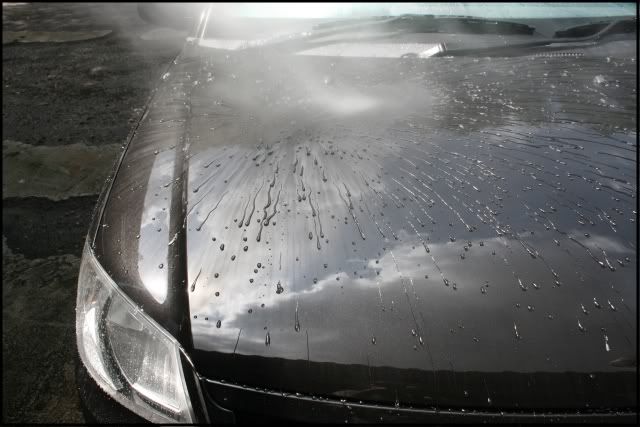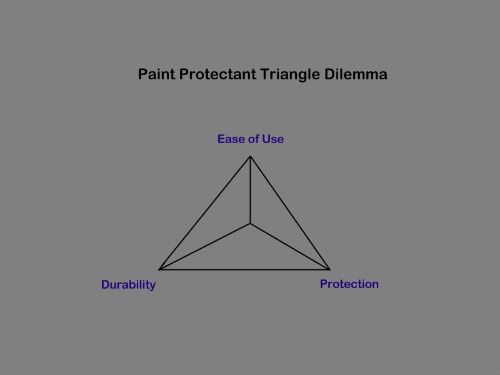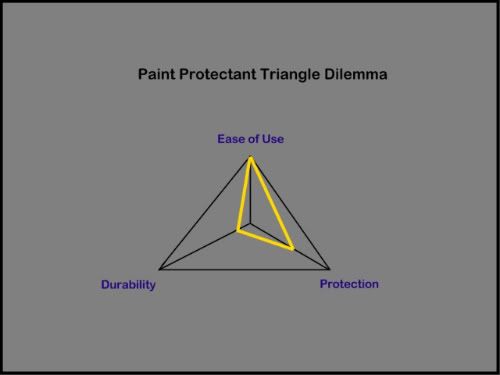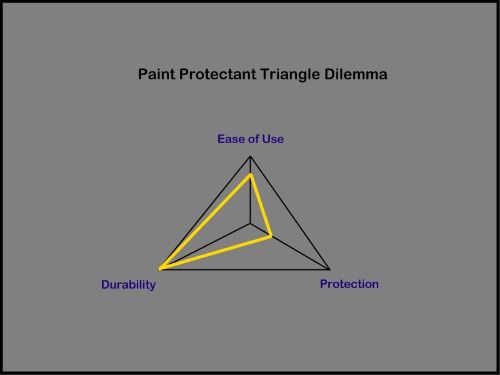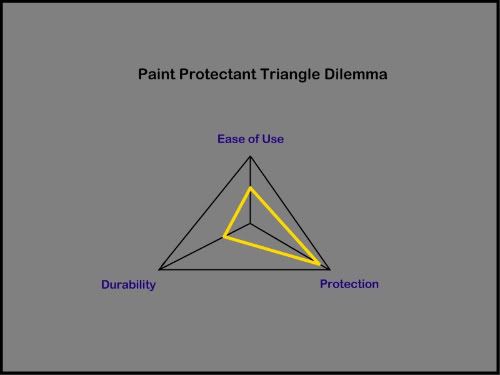Washing with a sponge? A long term test
Lambswool wash mitts, microfiber wash mitts, cotton chenille wash mitts, there are many types of wash mitts available in the market today and are becoming a widely used wash media for washing the car with.
However, this poses a question of extinction to another wash media.
Are sponges irrelevant?
This posts describes why I am testing sponges instead of wash mitt and how they will be tested.
Click to read the whole process after the jump!
Most people would normally wash down their cars with a bucket of soapy water and a cheap sponge. However, the sponge has created a bad rep in the auto detailing industry, being known to cause the majority of swirl marks.
The argument for it is that a wash mitt creates a buffer zone between itself and the paint’s surface, allowing grit to be safely trapped in the plush wash mitt, so there is a lesser chance of causing car wash abrasions. 
A sponge however has a flat surface and does not have any space between it and the paint, causing the grit to ‘grind’ against the car as you wash. Read Dave KG's car washing guide to get a better illustration.
The wash mitt is undoubtly a very good wash media, regardless of its type, a wash mitt, carries more soapy water, acts as a buffer zone, and is gentle to the paint.
So are sponges going to face extinction as a choice of a washing media?
Probably not.
The first argument for this is washing technique is more important than the choice of wash media. You may be using the world’s plushest lambswool mitt(wookie's fist?) but there is still the chance of scratching the paint of you do not rinse the mitt often, or washing across many panels at one time without gathering more soap solution.
Detailing enthusiasts tend to agree that sponges are the cause of swirl marks, but I have a theory to disagree with them. When car owners start to learn proper washing techniques, they also purchase proper tools. As they learn to wash their cars with the proper method, they notice that swirl marks do not appear at such a rapid rate. I think you know where I am going here.
Swirl marks do not appear could be due to a combination of using proper washing techniques and using a wash mitt
or
solely due to proper washing method.
The second argument in favour of sponges relate to the online detailing community. On Autopia, a US detailing forum, many people have switched to using a grout sponge as many agree that it does not cause swirl marks and is cheap! (A grout sponge costs USD1.87 wheres a Meguiar’s wash mitt costs USD5.99). There are also new wash medias that utilize foam, those that I am aware of is the EDGE Shmitt, Lake Country Big Blue, LC Ultimitt and the Zymol sponge(this one isn’t very new).
Speaking of the Zymol sponge, I have noticed that world-reknowned celebrity detailer Paul Dalton, have been using it for a while now. You can watch him using it in the videos below.
Miracle Detail's new HD film trailer
Fifth Gear Paul Dalton feature
Miracle Detail - RTL - Formel Exclusiv - £5000 Car Wash
Another point to note is that the Zymol sponge has a flat surface, no grid-channels or egg crate shape to prevent grit from grinding into the surface. Maybe a buffer zone isn’t important after all, maybe washing technique is much more important in maintaining a swirl free finish.
This is what I’m about to find out. Four wash medias will be tested:
- The edge Schmitt
- LC big blue
- A generic sponge
- Cotton polishing cloth
I will wash each door with one wash media. They have been polished with Meguiar’s SwirlX to remove previous light swirling.
Here are the condition of the panels after polishing.







Shampoo of choice will be Turtle Wax ICE Shampoo, a basic shampoo with lubricants. 
Allow me to comment on the wash medias I will be testing. The EDGE Schmitt features a very smooth foam with an egg-crate pattern, I’m assuming this is the same foam as their white polishing pad.
The big blue however feels a little more rough and the pores are bigger and inconsistent.
The generic sponge is a flat surfaced sponge but actually feels soft. I guess I purchased a ‘premium’ generic sponge.
And taking it to the 'extreme', I’ll be washing with a cotton polishing cloth. This cloth is virtually flat as it has no nap, unlike a terry cloth.
The method of washing would be to firstly rinse down the panel with a garden hose. 

Then the panel being washed is drenched with soapy water carried by the wash media.

Wash media is reloaded with more soapy water and the panel is washed in a left to right sweeping motion. 


The panel is rinsed off before washing the next panel.

Washing with the generic sponge


Washing with Big Blue

Dreching the panel first,
Reload with more soapy water and wash,
After washing the four doors, they will be rinsed with filtered water to prevent water spotting. Dried using an Autoglym Aqua dry synthetic chamois with the blot dry technique.
To maintain protection and water repellency, the panels will be sealed with Mad Detailer’s Enviroshield using an MF applicator in an up-down sweeping motion. This way, I avoid any unnecessary rubbing during applying and removing wax/sealant.

I’m doing all this to eliminate as many variables as possible, if I were to see scratches in a horizontal pattern, then I’ll know it is from the washing process, not from the drying or waxing. Oh, I also have to be stringent with friends who try to lean on the car, haha!
Well this test is going to be long term as it will take some time for any wash marks to accumulate. The paint is also heavy with metallic flakes, which hides light scratches.
Oh, remember when a mitt is supposed to trap grit and release them into rinse bucket during a wash?
This is what I saw in my bucket after washing the whole car down with the four wash medias. Besides the four doors, the rest of the car was washed with LC Big Blue.

You may also be wondering, why would I want to create swirl marks by washing with the cotton cloth??
This is so that I could play with some new toys...
I purchased them after being shown the effects of orange peel removal by hand sanding with only 3000 grit!
Before,
After,
Well, stay tuned for the results of this sponge test. Do subscribe via e-mail to be notified of new posts, your e-mail will remain anonymous to me and anyone else.
EDIT: After I posted the link to this post on Autoworld Detailing forum, a forummer named dschia from http://www.shinecars.sg/ made a great comment regarding wash method vs wash media.
"Just wanna add that it may not be practical to use the best possible wash method such as foaming, pressure washer hose down, then 2 bucket method etc. Of course, it will work much better since much lesser grit is left behind leaving wash medium minimal role to play, but we need to factor in time and limitations(water issue in SG & US). Sometimes we need to compromise in our wash method. This is where wash medium will be increasingly important depending on how we do it." (dschia, 2010)
Next post will probably to test whether Wash and Wax shampoos will actually leave something on the surface, or are they just a term to help market their shampoos.
Thanks for looking as always, and feel free to leave a comment below!
^^V
Read more!

